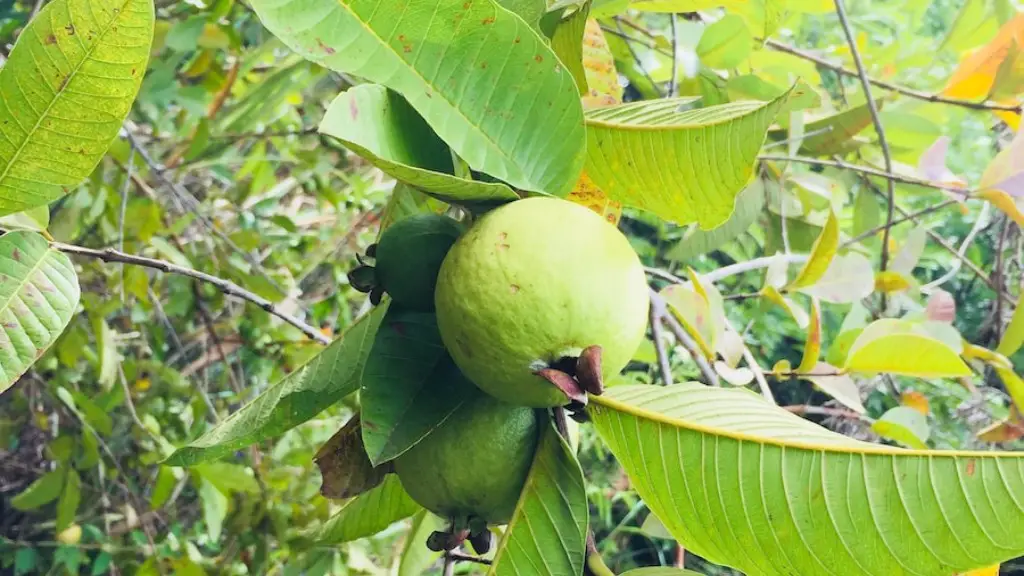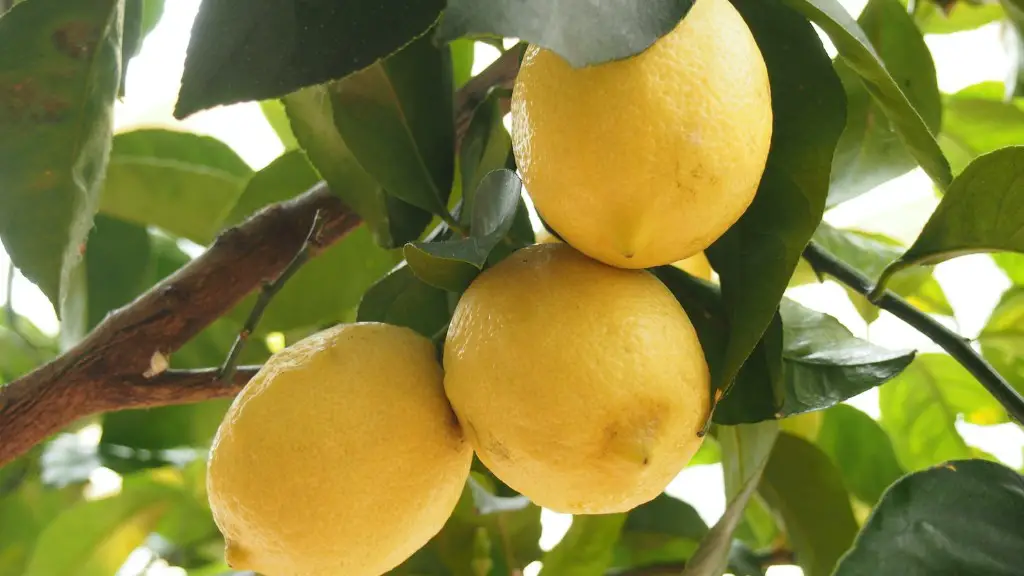Palm Tree Roots
When growing palm trees, many gardeners are surprised to find their palm tree roots exposed. This is often cause for confusion, with gardeners wondering why this is happening.
Most palms have what is called a fibrous root system, meaning that the roots grow close to the surface of the soil and remain close instead of digging deep down. However, the root system of a palm tree is known to have one “taproot” that grows deep into the soil, holding the tree in the ground.
Given the shallow nature of a palm root system, the roots can easily become exposed if the soil is disturbed or if the tree is planted too deeply. Overwatering causes the soil to become compressed, making it difficult for the roots to penetrate and resulting in exposed roots.
Furthermore, palm trees grow rapidly and can outgrow the amount of space they’re given. This can cause the roots to become exposed and exposed roots can cause numerous issues. Exposed roots are susceptible to disease, are more easily disturbed, and can limit the amount of oxygen available to the tree.
It’s important to address the issue of exposed palm tree roots as soon as possible. If the tree is planted too deeply, then the soil should be mounded up around it to raise it up, making sure to keep the root crown exposed. If the tree is too close to the surface, then it should be planted at a deeper level.
Additionally, the amount of water given to the tree should be limited and fertilizers and other products should be applied sparingly. Over fertilizing and overwatering will cause a buildup of salts in the soil and can cause the soil to harden, leading to exposed roots. Proper drainage is also essential, as it ensures that the soil does not become waterlogged.
It is also important for gardeners to provide their palm trees with adequate mulch to protect the roots and help keep them from becoming exposed. The mulch should be kept at least two inches from the trunk and should be organic and free from weed seeds.
When to Re-pot a Palm Tree
If the exposed roots of a palm tree are not just located near the surface but have completely exposed the root system of the tree, then it may be necessary to re-pot the tree. Re-potting a palm tree can be a daunting task if the tree has a large root system. Gardeners should make sure to check the condition of the root system before attempting to re-pot the tree, and make sure to use a pot with adequate drainage holes.
When re-potting a palm tree, great care should be taken that its root system is not disturbed. The roots should be left intact and placed carefully in the pot to keep the plant upright. Once it’s secured in the pot, the soil should be filled in around the root system, making sure to leave some space around the base of the trunk.
After re-potting, the soil should be given a thorough watering and left to drain. The soil should be tested for pH levels and amended if necessary. After that, the tree should be given time to acclimate to its new surroundings before being exposed to extreme temperatures and harsh sun.
Importance of Pruning for Palm Trees
Pruning is an essential part of caring for palm trees, as it helps to keep them healthy, ensure their longevity, and maintain their appearance. Pruning encourages new growth, prevents the development of diseases, and keeps the root system healthy. Unnecessary foliage should be trimmed off and any dead or damaged fronds should be removed.
When pruning a palm tree, great care should be taken to avoid damaging the root system or any flower buds that may be developing. Pruning should always be done while the tree is still healthy and should never be done in haste or without due consideration of the tree and its needs.
Additionally, when pruning a palm tree, it is important to follow the natural shape and growth of the tree and prune accordingly. Over-pruning a palm tree can stunt its growth, cause it to become misshapen, and disrupt its internal processes.
Benefits of Planting a Palm Tree
Palm trees have many benefits for gardener and homeowners alike. They are low maintenance plants that are easy to care for and can thrive in many different climates. Furthermore, palm trees help to create a tropical and inviting outdoor space, adding color, texture, and interest to any garden.
Palm trees can also help to improve the air quality of an area and can act as a natural air filter. In addition to providing shade, they can also soften noise coming from nearby streets and highways, making them an ideal choice for those who live in noisy areas.
Finally, planting palm trees can help to reduce the effect of climate change by taking up carbon dioxide and releasing oxygen into the air. As long as they are planted in an appropriate location and given the right care, they can be a valuable addition to any garden or outdoor space.
Conclusion
Given their many benefits, it is no wonder why so many people enjoy growing palm trees. However, it is important to understand their root system and to know how to care for them properly. By understanding why palm tree roots become exposed and taking the necessary steps to prevent or address this issue, gardeners can ensure the health and longevity of their trees.


